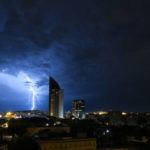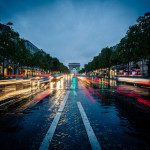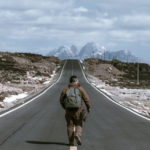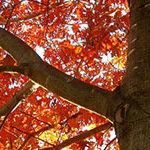The Royal Society recently stumbled upon what they claim is, hang on—the world’s first photo book! Meticulously made by botanist and photographer Anna Atkins in 1843, the book contains photographs—or as Brady from Objectivity puts it, “photographic images”:
British Algae, Vol. I is said to be the first book ever illustrated exclusively with photographs. The book is a collection of blue and white prints of seaweed.
The blue or cyan color is a giveaway for the name of this primitive process—cyanotype. At first glance, you may not even relate these to photographs; they look nothing like photographs that we normally see. But they’re representative of a very primitive and early method. The process in which these pages were made is reminiscent of photography alright.

Anna Atkins
How were these images made?
A suitable paper would have light sensitive solution poured on to it. Then a seaweed would be placed on the paper and the solution would be allowed to dry. Now all this would be done inside a light-tight dark room. Once the paper dried, the photographer would allow light to expose the part that was not covered by the seaweed, turning it blue. The part that light did not expose remained white.

Cyanotype
Why are these photographs so precious?
Cyanotype represents the dawn of the photographic process, when people like John Herschel and other pioneering figures experimented with many different types of photographic processes.
As Rupert Baker of the Royal Society mentions, one of these volumes claimed a bid of a quarter of a million pounds.
Like This Article?
Don't Miss The Next One!
Join over 100,000 photographers of all experience levels who receive our free photography tips and articles to stay current:






Leave a Reply